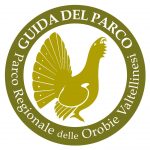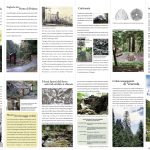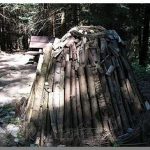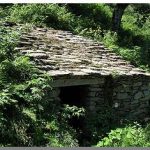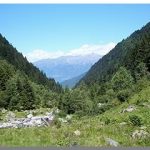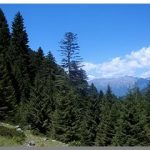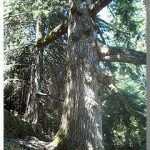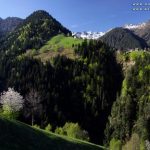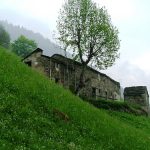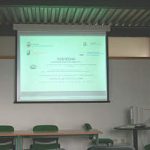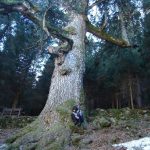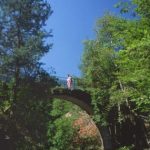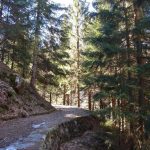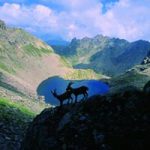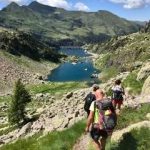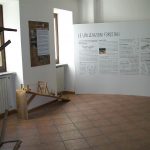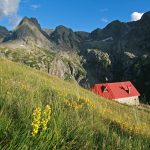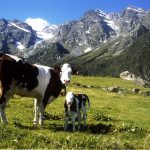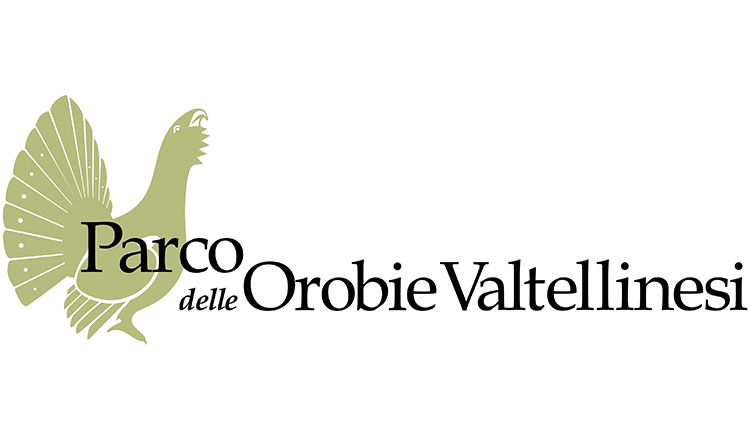
Ecomuseum Park of the Orobie Valtellinesi
The green way: across water, iron and wood /Widespread ecomuseum /Ecological network of thematic routes
The catalyst for the good practice is the former main road No 294 called “Green Road”; around it an environment–museum was generated by a network of activities developed through the territorial heritage and the population’s knowledge that turned them from undifferentiated resources into a cultural deposit accessible to everyone. Orobi’s territory, which is homogeneous in environmental and cultural terms, features the themes of old crafts and traditions of water, iron and wood processing across the entire area, from the low valley to the high mountains. To enhance the value of local specificities, the above themes were developed in a participatory way reproposing the ancient routes of Orobi through itineraries representing different identities but common in historical and identity values of places.
The itineraries crossing the Orobie Ecomuseum include:
- Route of Wood
- Route of Iron
- Route of Water
- Green Route
- Route of Faith
- White Route
- Route of the Resistance
- Route of Land Art.
Creation of a widespread ecomuseum with thematic poles in the Ecomuseum municipalities, including the ’Eco-Museo della Montagna di Colere” (ecomuseum downstream of Fraz. Carbonera and at 2000 m altitude in the former mining village of Presolana) as multipurpose centre of Alpes, ice, winter sports and sustainable living, with spaces for sport and “sustainable mountain observatory” Azzone (mountain documentation centre in the fourteenth-century municipal tower, ecomuseum of wood production chain in Furfì old sawmill within the Regional Park of Giovetto, tourist accommodation centre and educational spaces on the “parco delle Orobie”) and Schilpario (ecomuseum of alpine industrial civilisation and literary park of work traditions and areas for accommodation and reception of tourists), Ardesio Ecomuseum of alpine peasant civilisation and adventure park of ancient crafts. For this purpose,it was necessary to proceed to the screening, survey and environmental enhancement of local architecture and alpine rural buildings (mountain huts, roccoli : a curious architectural vegetation used once for fowling, mountain dairies, huts, calchere, sheep tracks, hydroelectric installations, small villages and alpine hamlets, wash houses and mountain landscape system). Additional activities included the implementation of an ecological network including thematic tours based on sustainable mobility and tourist routes with a low environmental impact (mountain bike, mountaineering, snowshoeing, climbing, dog sledding, cross-country skiing, Nordic walking, fishing, water ways: hydrospeed, canyoning, rafting, etc., educational signposts and code of conduct to promote eco-friendly tourism in accordance with the guidelines of the European Charter for Sustainable Tourism, incentives for the maintenance of the traditional landscape and natural ecosystem, Agenda 21 actions promoting environmental education and sustainable local development.
Information
Name of the Ecomuseum: Ecomuseo della Valle del Bitto di Albaredo nel Parco Orobie Valtellinesi
Geographical location: Italy, Lombardy region, province of Bergamo
Year of establishment: 2006
Network: Network of Lombardy’s ecomuseums

